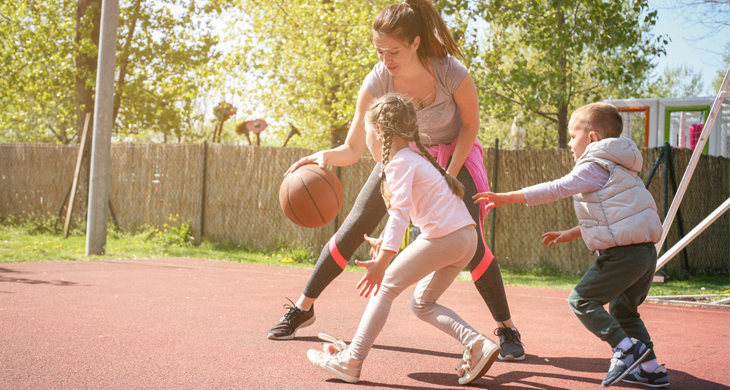In a competitive global economy, children need to be scholastically well-equipped to assure their future success. Traditional attempts to prepare children for the new economy have focused on rigorous standardized testing, introducing computers and other devices into schools, and novel teaching methods that promote creativity and self-directed learning.
But in the last several years, an important addition to that list is to ensure that kids learn STEM during their elementary and high school years. The good news is many schools are finding novel ways of integrating STEM into the class—such as sports.
What Is STEM?
STEM is an acronym that stands for Science, Technology, Engineering, and Math. While these skills have always been important for students to master, they’ve come to increasing prominence in the last 10 to 20 years. STEM skills are essential for individuals to survive and thrive in the emerging economy due to the preponderance of well-paying jobs in these fields.
While acquiring STEM skills often involve many sedentary, quiet hours at a desk, they don’t always have to. Many of the most engaging and useful STEM projects students encounter may involve tasks like building and constructing a model bridge, or designing and building a robot. And because STEM skills are broadly applicable to a number of activities—science and math are everywhere, after all—educators can find ways to integrate them into other tasks.
STEM and Sports
While many think sports and education are separate worlds, creative educators are finding ways to blend them. Perhaps the most obvious is by integrating physics and sports.
The finesse and power involved in sports performance is easily explained by math and physics. Students can calculate a ball’s trajectory with trigonometry and can discover how changing the angle at which the ball is struck will change the distance the ball travels, assuming the power of the strike is the same each time. They can calculate a bike’s speed by dividing the distance they travel over the time spent traveling.
Traditionally, these have been the scope of word problems on textbooks and quizzes. But with a little creativity, and with communication between math, science, and physical education teachers, it’s possible to create a curriculum that nourishes both body and mind.
Integrating STEM into Sports
Curious parents may be interested in figuring out how to bring their child’s love of sports to STEM—or their love of STEM to sports. Follow these tips to bring a holistic approach to STEM:
- Learn together. Many parents don’t have a STEM background themselves and may be surprised at some of what their kids learn. Exploring the intersection of STEM and sports isn’t just a child’s project. By engaging actively with a child’s education, both parties will come out richer.
- Look up existing resources. Many companies, government agencies, and nonprofits have put together educational resources that help teachers and parents integrate STEM into other activities. There’s no need to reinvent the wheel when great ideas already exist.
- Get creative and curious. How does air resistance affect a ball’s speed? What factors in a bicycle’s construction affect its performance? If a parent’s curious about a question, they can probably get their child interested, too. STEM affects nearly every aspect of modern society in some way, and its exploration is only limited by imagination.
Traditional educational models have largely kept different fields separate. But by opting for a holistic approach and finding new ways to integrate apparently disparate fields—such as STEM and sports—parents and teachers can find new ways to engage students and teach them a lifelong love of learning and discovery.





































